What is a blower door test?
Blower door tests are becoming part of many State and Provincial mandatory building codes - the new BC Energy Step Code in British Columbia, Canada is one example. A blower door test is often an essential part of a home audit, we don’t know for sure just yet if it will be part of the free home energy audits promised by the Canadian Liberal Government in Oct 2019 as part of their as part of their Net Zero Home Grants & Interest Free Home Retrofit Loans program, but we will update this page when we have more information.
The obligation to have a blower door test done is coming up more and more frequently as building codes improve, and as homeowners demand better performing and more energy efficient homes. It has been estimated that based on standard building practices, air leakage accounts for about 1/3 of the total heat loss of a home.
A blower door test for buildings is a way to measure air leakage but, more importantly, it’s a way to find air leaks and fix them. Fixing air leaks is ‘low hanging fruit’ in terms of improving the energy efficiency of homes under construction since you already have to buy and install air barriers in the form of 6 mil poly vapor barriers, exterior weather resistant barriers (WRBs), tapes and caulking etc, so the cost doesn’t really go up much. All you need to do to improve the air seal is take your time and be a bit more careful, and what’s the point of taping the joints of a membrane if you don’t do it well and it still leaks air? Buying better quality building tapes is also a very good idea; they stick better and last longer.
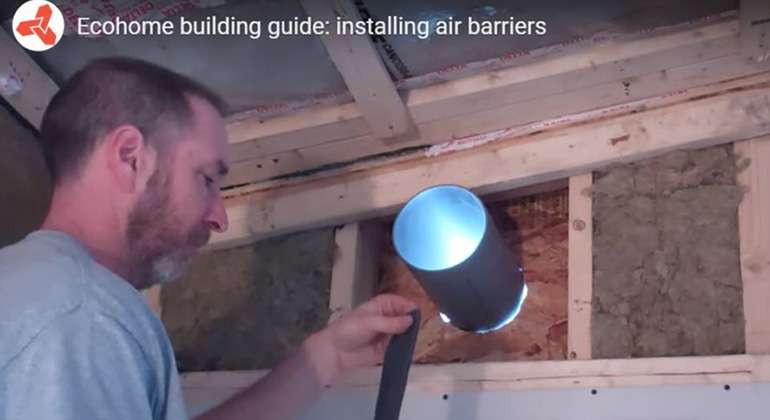
How do you do a blower door test?
There is no DIY blower door YouTube video to watch; you will need to hire a professional to do it. It starts with all the windows and doors being properly closed, at which point your home is depressurized using a large fan built into a shield that is placed in one open doorway. This powerful exhaust fan draws air in from any existing hole in your air barrier no matter how small it is.
The operator then determines your ACH (air changes per hour) based on the house dimensions and the volume of air in the home. Standard new home construction in North America seems to return an average air leakage rate of about 3 air changes per hour. Some building rating systems set ACH targets that must be achieved. The Passive House air leakage rate has to be 0.6ACH or lower, which is several times more airtight than the average home and that is partly why a Passive House consumes several times less energy in heating.
Even at 3 air changes per hour, which is much better than most older homes, the entire volume of air in your home will leak out and be replaced several times in a day. That is a LOT of heat loss. And it doesn’t only cause an increase in your heating bills, it also affects home durability since the air leaking out is often very humid; as that humid air finds its way through holes in the wall assembly, it can condense and deposit moisture in your walls. Moisture means rot and mold, rotten and moldy walls means home renovations are needed, and that means open up your wallet. Nothing good ever comes from warm air leaking out of a building in winter. Nothing.
Some older-school builders who aren’t up to speed on building science often think letting your walls ‘breathe’ is a good thing, which is simply not the case. That’s like poking holes in your skin to breathe instead of using your nose and your lungs. Okay that’s a bit of a stretch, but - seal your house as best as you can and let your HRV or ERV ventilation system do the job it is intended to do; being the nose and lungs of your house.
Finding and fixing air leaks during a blower door test
This is a day when you will want to buy a few rolls of tape and invite your friends over for a ‘find the hole and tape it’ party. This is particularly beneficial with new home construction before the drywall is on, since you can feel the air coming in with your fingers (or see it with a smoke stick). These are leaks that would be difficult to find in the absence of an active blower door test drawing in air. As an example, when we built the LEED V4 Platinum Edelweiss House, the rating when we started the blower door test was 1.1 ACH and it dropped to 0.64 ACH after four of us spent an hour sealing up leaks.
The person you hire to perform a blower door test won’t want to stick around all day without charging you handsomely for their company; that is why it’s great to have many people looking for and taping-up leaks. There's even a product that seals up airleaks on existing homes that's pretty cool, see here.
Energy retrofitting tax incentives and rebates
Conducting a blower door test will likely be required for energy-efficient home renovation tax credits, and, if you live in a region where those are in effect, then its likely a wise financial decision to take advantage of it. Some municipal governments offer tax breaks and rebates for energy efficiency upgrades, so you win on all fronts – you save money on your home renovations, end up with a more comfortable home and save money on your heating bills!
Breaking News: New Canada Greener Homes Grant Scheme 2021 announced - see here for how to apply and eligibility requirements
Now that you know all about the blower door test, visit the Ecohome Green Building guide pages to learn how to install an air barrier, airtight window installation, how to choose a weather resistant barrier (WRB), or subscribe to our YouTube channel to see our DIY Green Home Building video series.
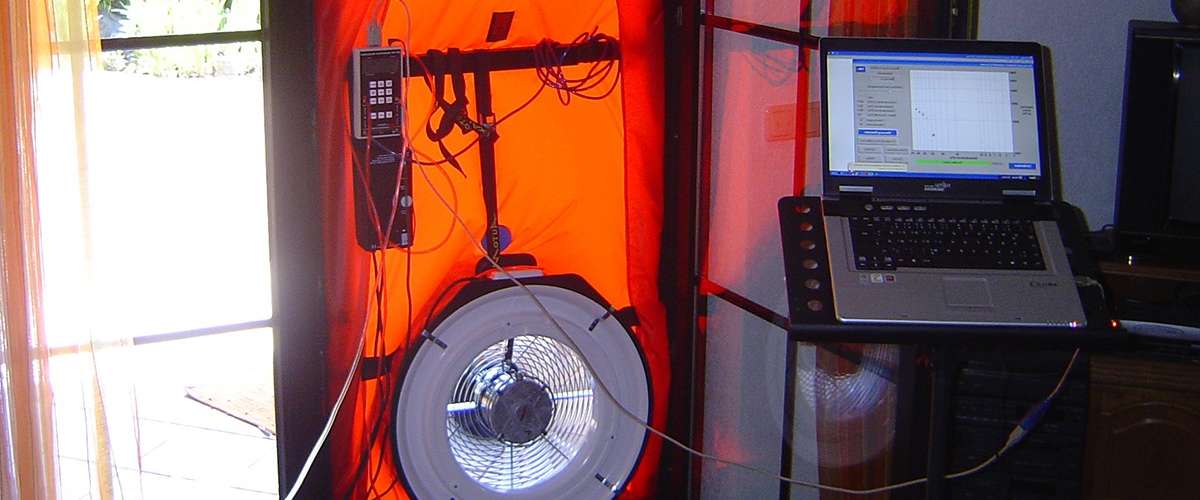


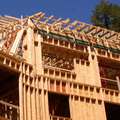

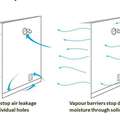











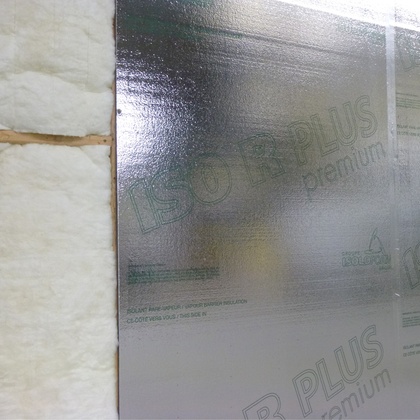
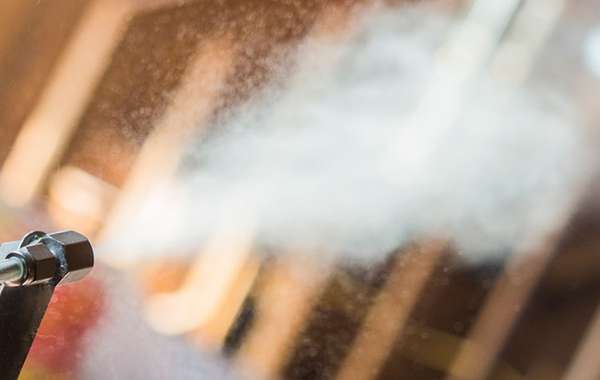
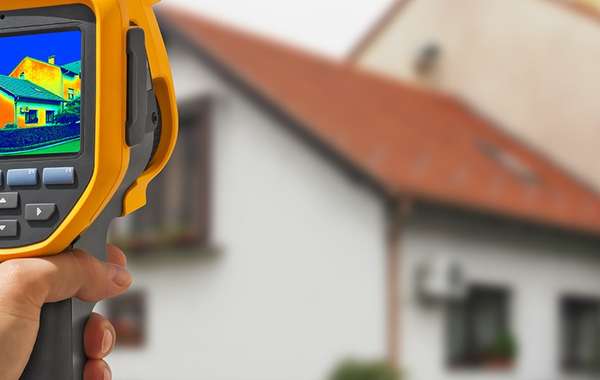
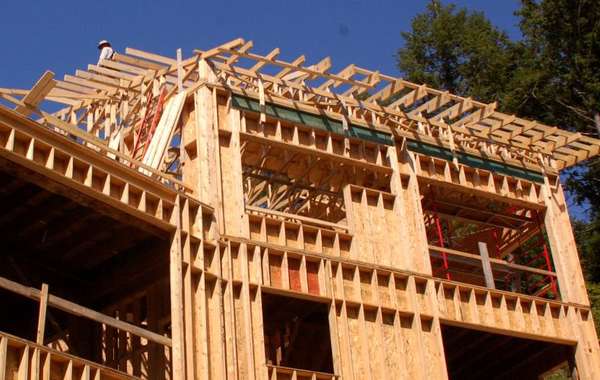
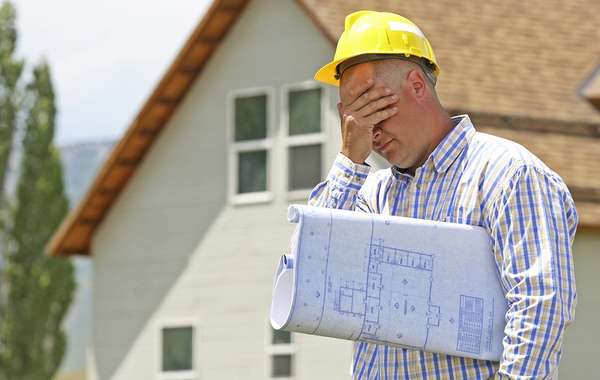
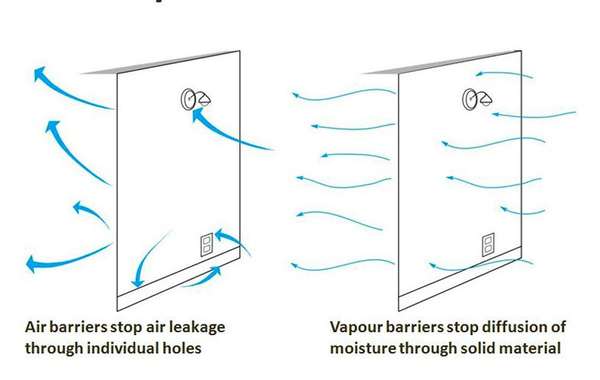
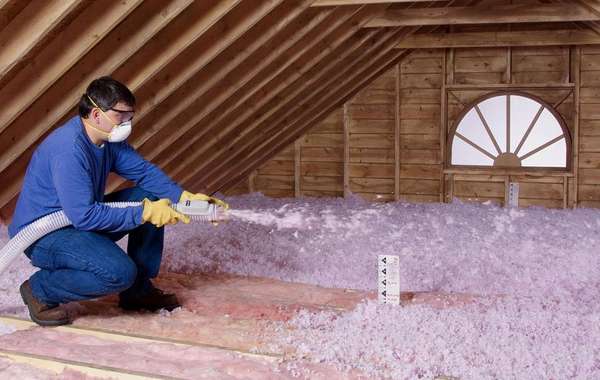

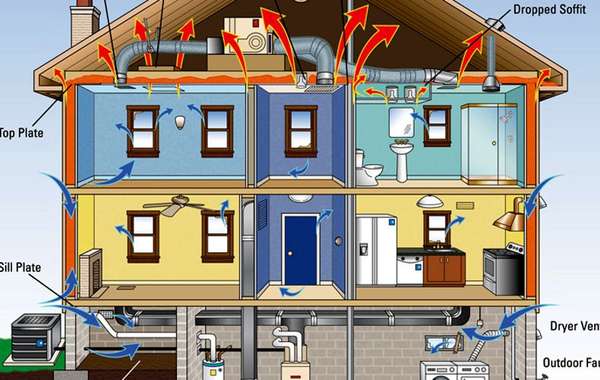
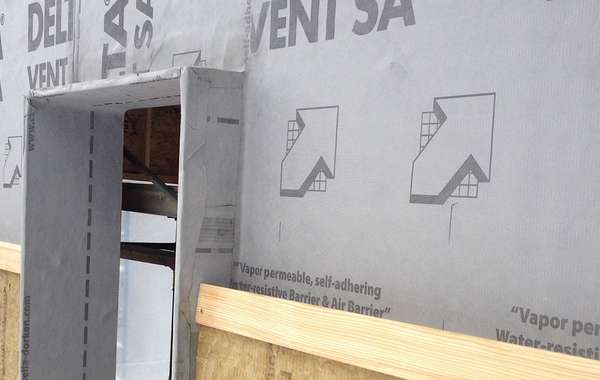
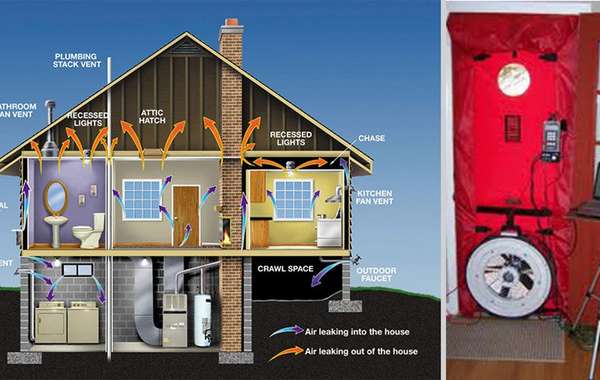
Comments (0)
Sign Up to Comment